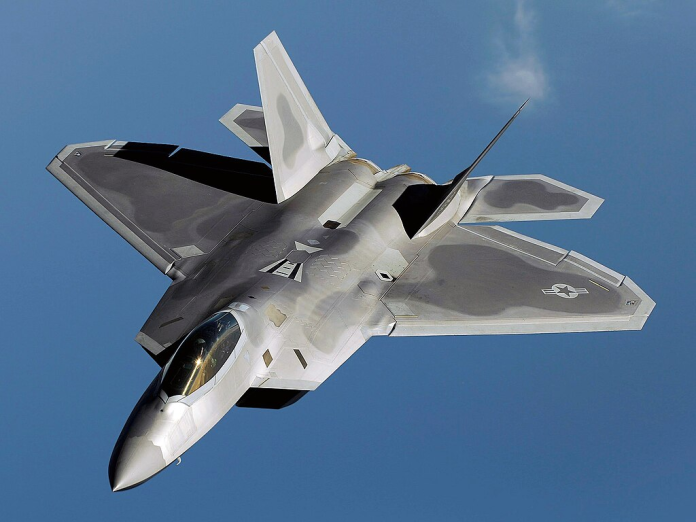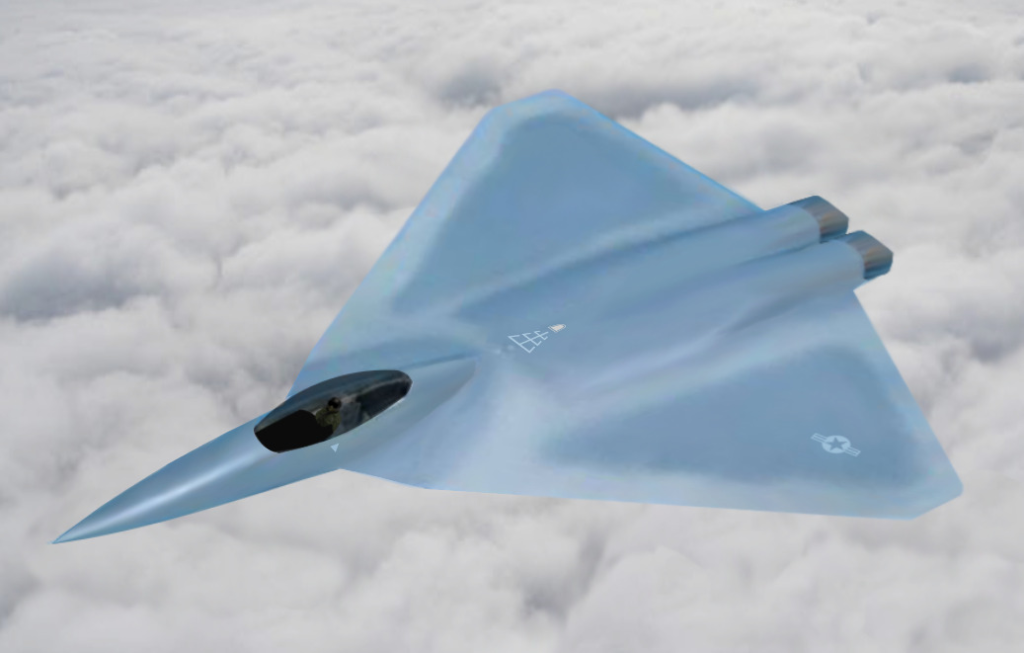
In the high-stakes world of aerial warfare, where control of the skies can win wars, innovation is not only welcomed it’s a necessity. The U.S. Air Force’s vision of what that innovation would be was captured in the form of the X-44 Manta, a Lockheed Martin venture of apparently limitless scope that aimed to redefine the rules of stealth and maneuverability.
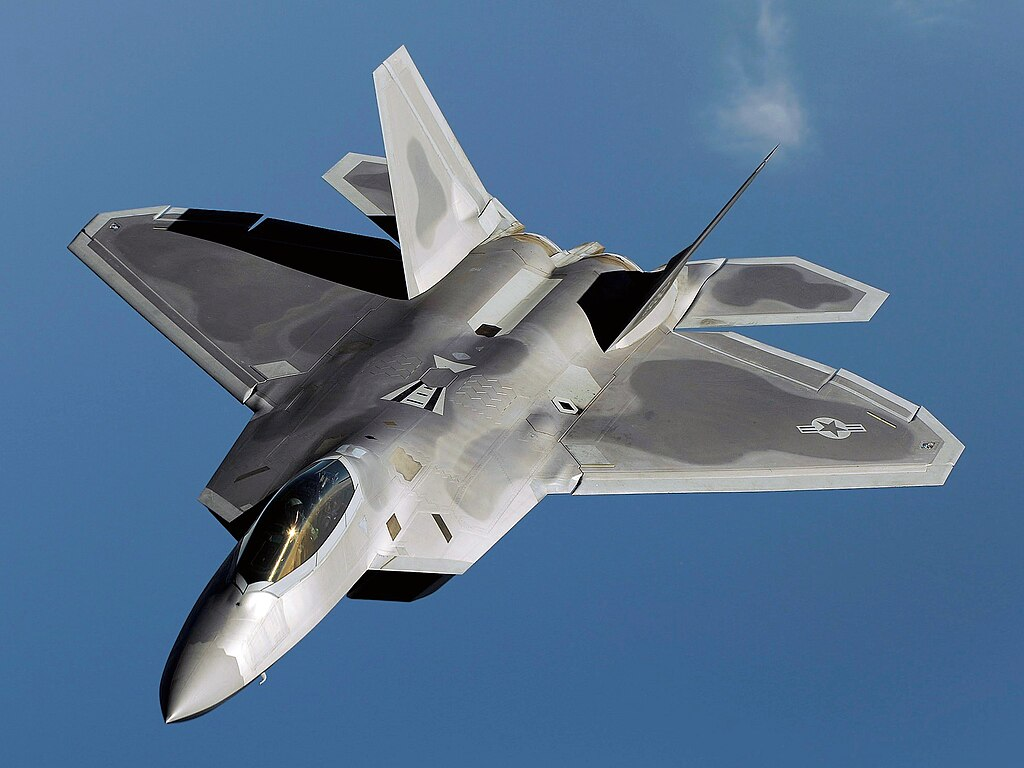
1. A Revolutionary Design Philosophy
The X-44 Manta, produced through the joint effort of Lockheed Martin and NASA, represented a revolutionary design that did away with traditional tail surfaces altogether.
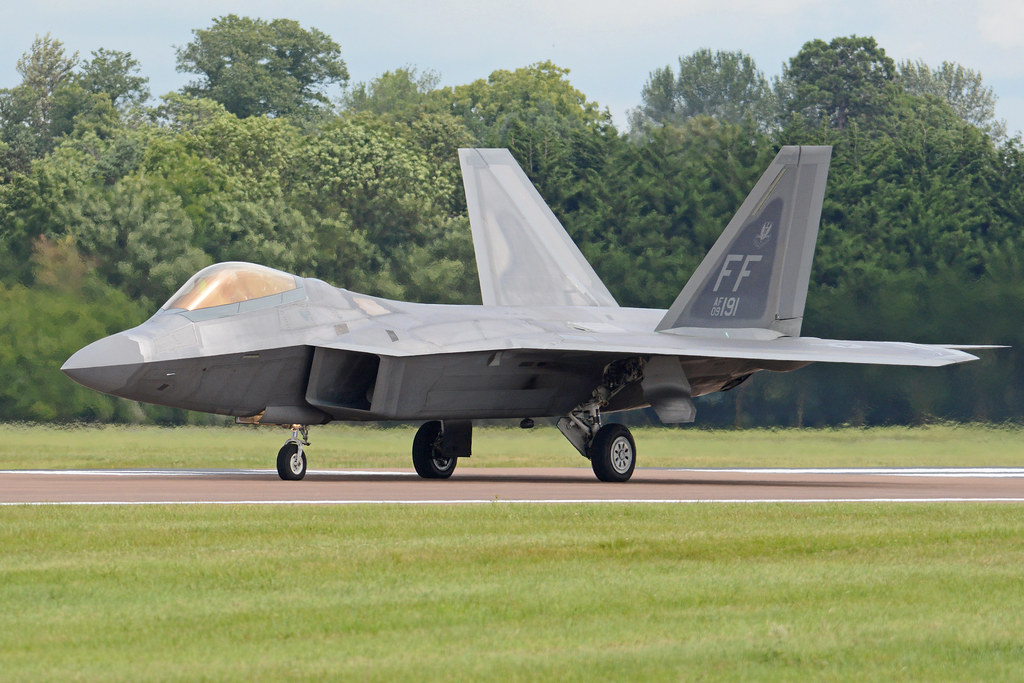
Its “stretched delta-wing mainplane” design was meant to create the ultimate low-visibility fighter, and even possibly better than the F-22A Raptor. The tailless concept was going to reduce radar cross-section as much as enhance aerodynamic efficiency.
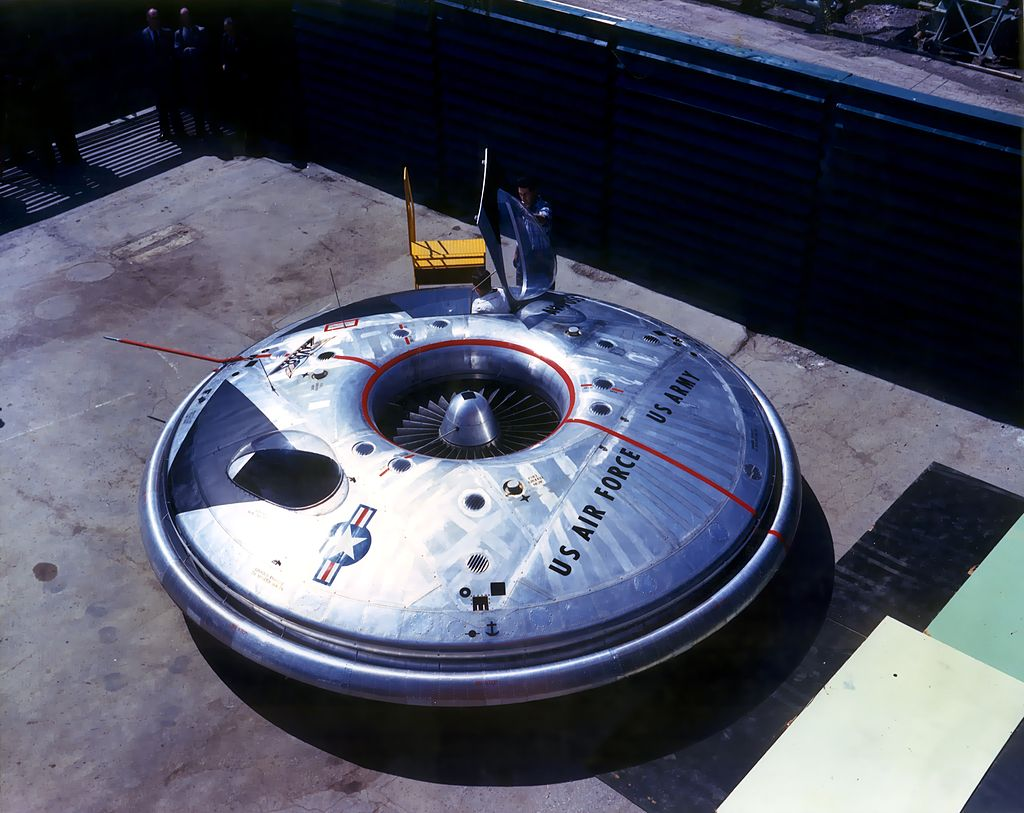
2. Revolutionary Aerodynamic Concept
This delta-wing, tailless aircraft was designed to be an engine of the skies, with thrust-vector control for exceptional agility. Unlike conventional fighters employing vertical stabilizers and rudders, the Manta managed its control through vectoring its engine power, affording unmatched manoeuvrability at subsonic and supersonic speeds.
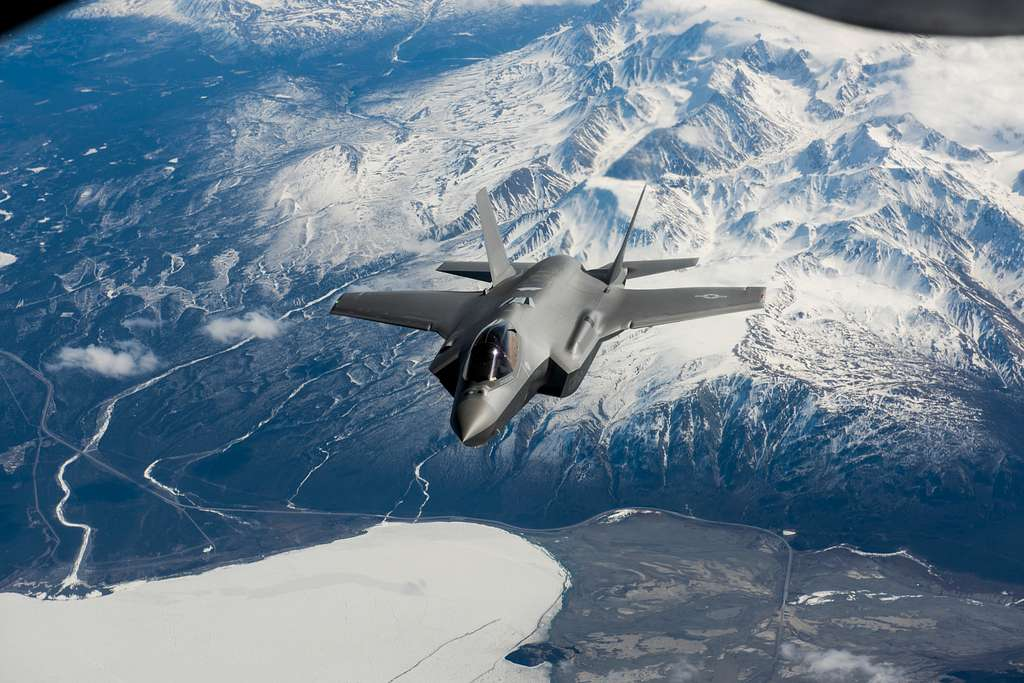
3. Power and Performance Capability
Driven by Pratt & Whitney’s advanced turbofan engines of the next generation, the X-44 was intended to blast off into the air with an incredible 35,000 pounds of power at about 1,500 miles per hour. These demands meant a plane not only able to keep up with but to surpass many of the present fourth- and fifth-generation fighters outright.
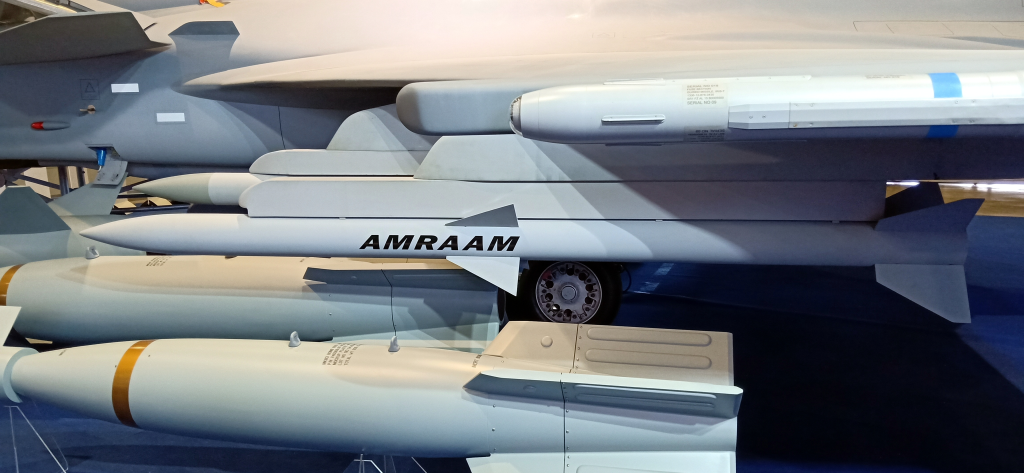
4. A Heavyweight in Firepower
The X-44 Manta was not just fast and stealthy. It was to be equipped with a potent set of weapons, from an internal gun to AIM-9 Sidewinders, AIM-120 AMRAAMs, and GBU-32 JDAMs. The aircraft would have yielded horrific air-to-air and air-to-ground attack capability, making it a true multi-role aircraft.
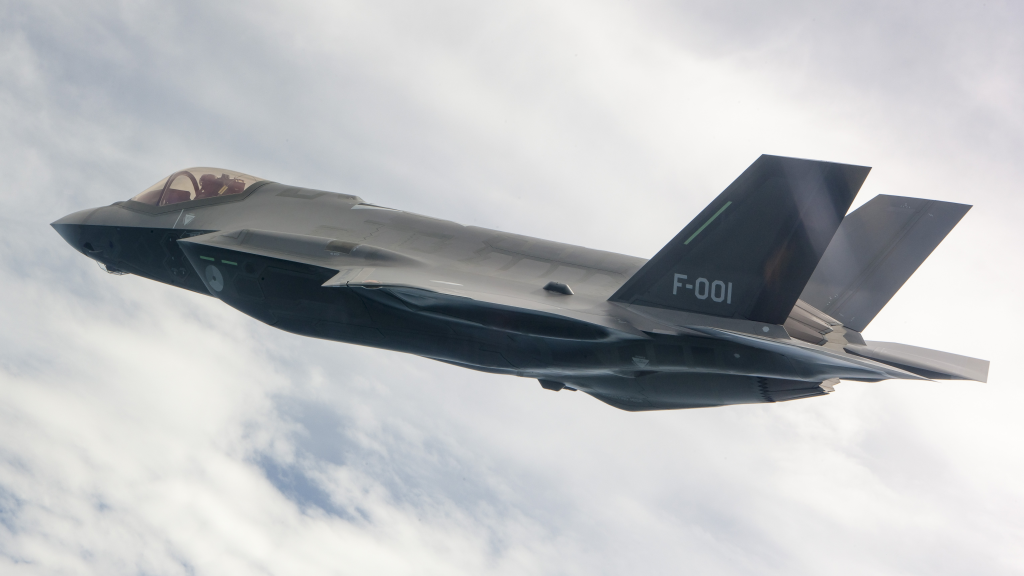
5. Cancellation Before Reality
Although revolutionary in potential, the X-44 project was canceled in 2000 before a prototype was flight-tested. Steep estimated costs, complex maintenance requirements, and shifting strategic priorities led the Air Force to pour more resources into established programs such as the F-22 Raptor and the F-35 Lightning II. The Manta was another ambitious idea consigned to the drawing board.
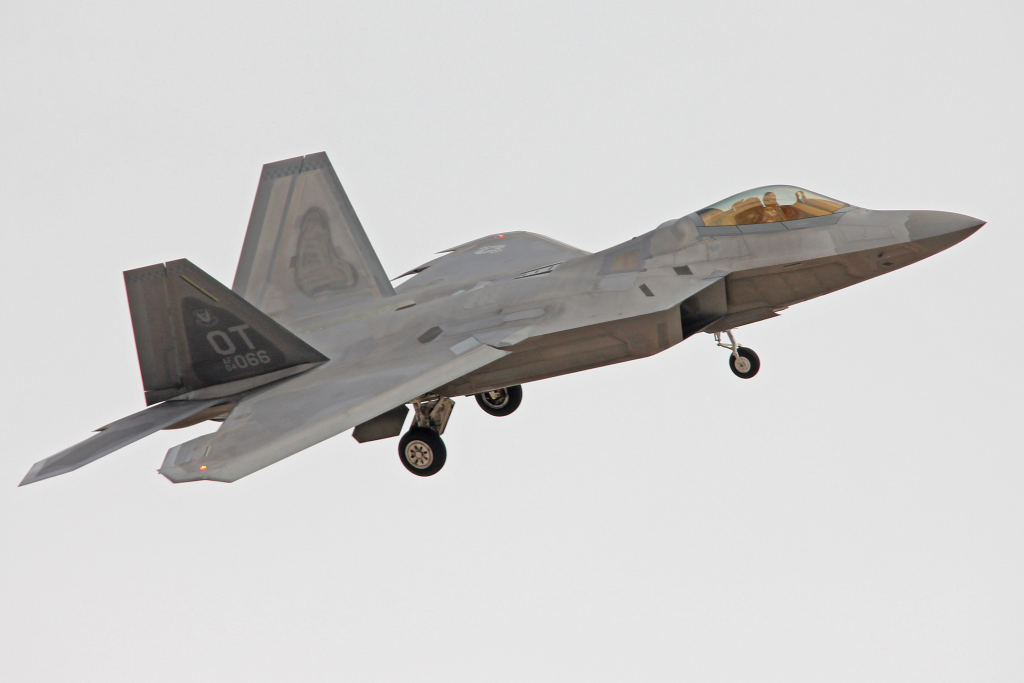
6. Legacy and Technological Influence
Although never manufactured, the X-44 made a lasting impression. Technologies developed on the program tailless design, thrust-vector control, and stealth shaping are widely believed to have influenced the design of subsequent stealth aircraft. In many ways, the Manta was a transition to the next generation of fighter design.
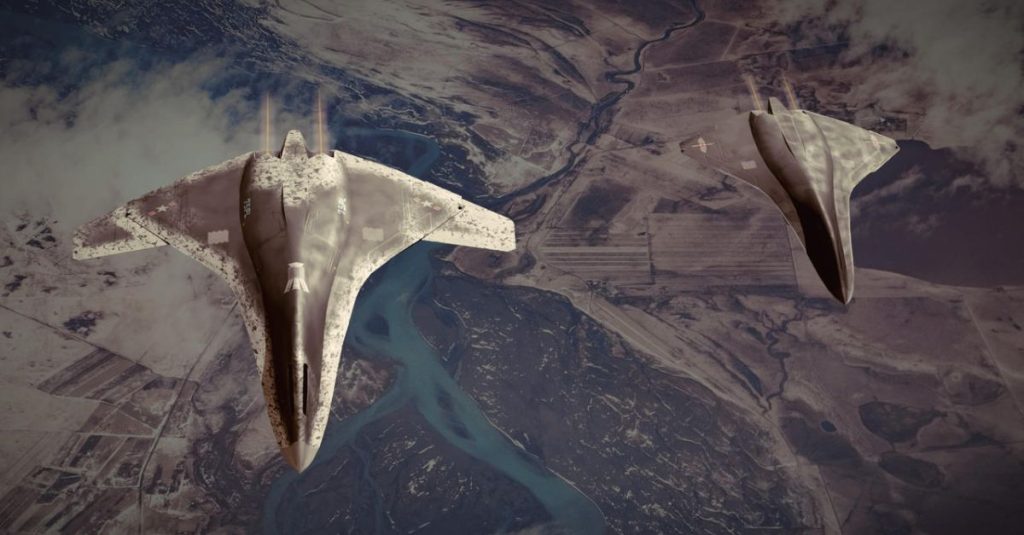
7. Echoes in the NGAD Program
With the United States Air Force pressing on with its Next Generation Air Dominance (NGAD) fighter project, the legacy of the X-44 Manta continues.
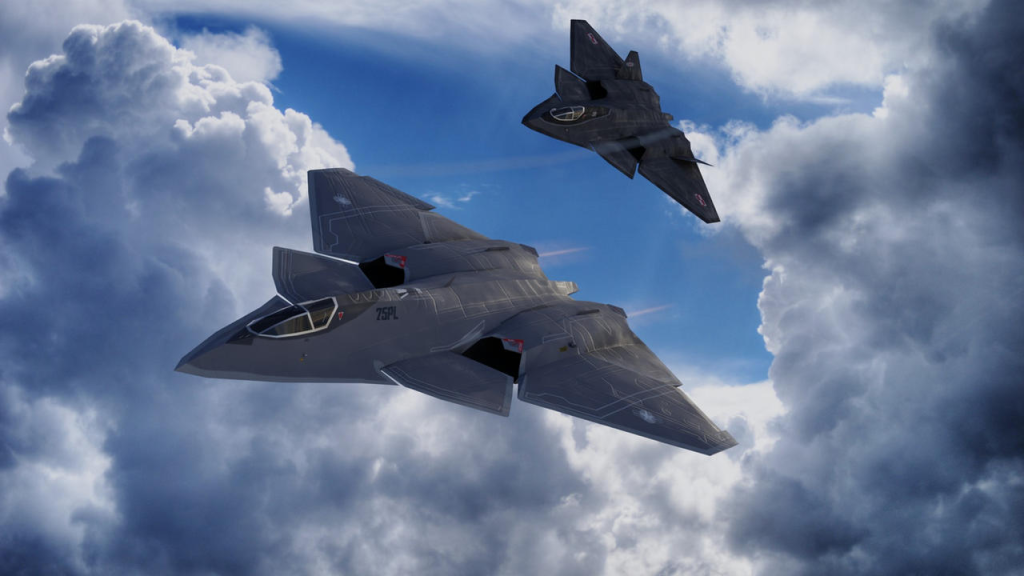
Just like the Manta, the NGAD will be conceptualized as having no tail, greater range, sophisticated networking, and embedding of leading-edge technologies. Looking back, the X-44 is the conceptual forebear of the NGAD the future ahead for U.S. air dominance.
